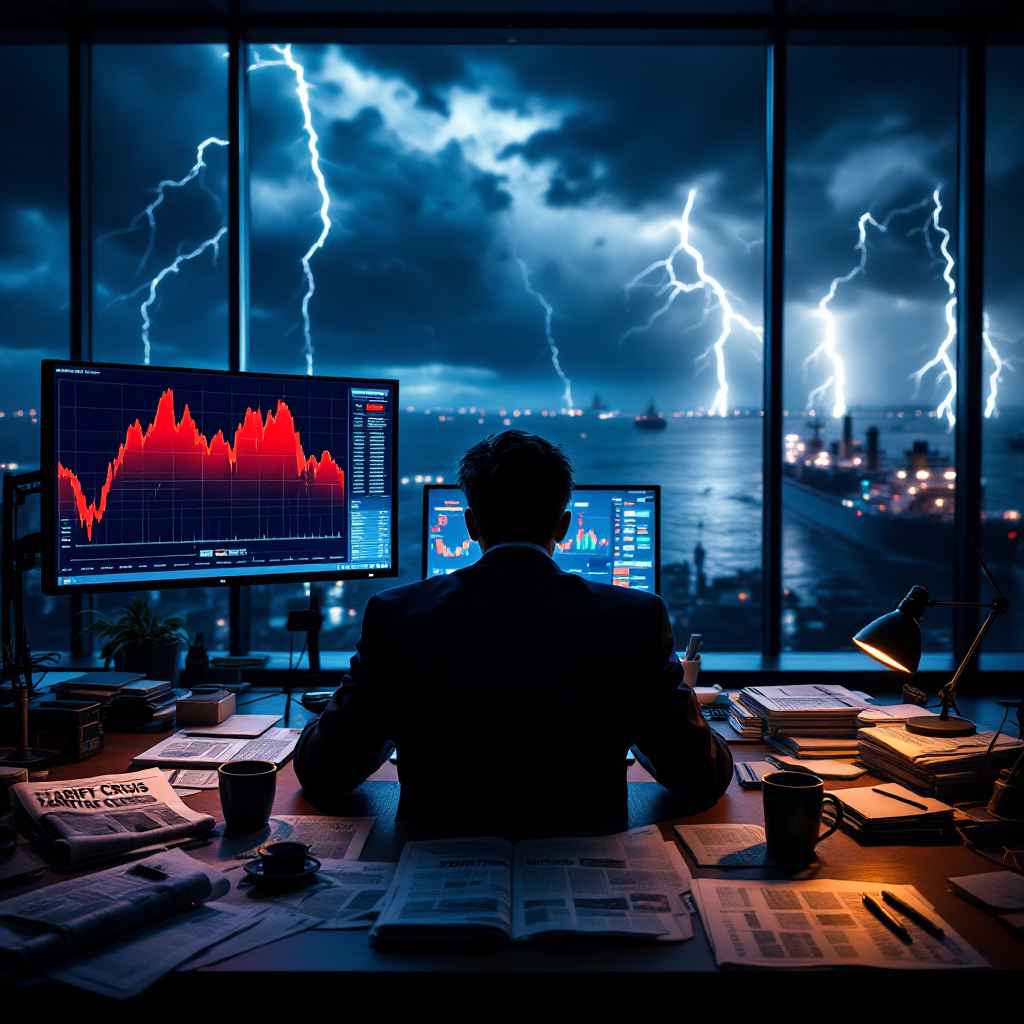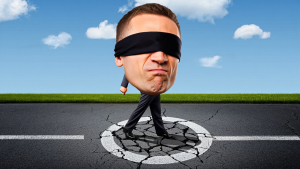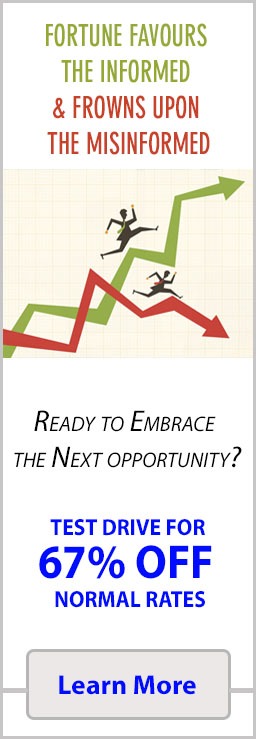Fear Sells Headlines—Smart Investors Don’t Buy the Hype
July 21, 2025
The crowd doesn’t learn. They just panic better.
March 2020. Stocks plunging. VIX spiking past 80. Twitter feeds foaming with apocalypse porn. Oil hit negative $37. Airlines begging for bailouts. And what did most investors do? They dumped everything.
Not because they were stupid. Because they were scared. Because the headlines screamed collapse. Because the charts bled red. Because every dopamine circuit in their brain screamed, Get the hell out.
And it worked—just like it always does. The media stirred the fear. The masses swallowed it. The market handed them a bone-crushing opportunity, and they ran from it.
Fear is the Most Profitable Narrative Ever Sold
It works every time. 2001. 2008. 2020. You scare the crowd, they sell. They always sell. And when they sell, prices collapse. And when prices collapse, the sharpest minds in finance aren’t panicking—they’re buying.
Jesse Livermore made his fortune that way. “The big money,” he said, “is not in the individual fluctuations but in sizing the cycle.” Panic was his trigger. He didn’t just trade fear—he waited for it to take full control of the herd. Then he struck.
Munger Knows Panic Is a Feature, Not a Flaw
Charlie Munger never romanticized markets. He understood the machinery was built on human imperfection—envy, greed, overconfidence, and the inability to sit still. And when the cycle turns to panic, most people don’t just lose money—they lose clarity. They forget how value works.
But not Munger. He saw fear as a filter—a brutal but effective sieve that separated the impulsive from the rational. In moments of capitulation, when prices slip well below intrinsic worth, Munger didn’t flinch. He sharpened his pencil. He knew that Mr. Market, in distress, offers markdowns not seen in ordinary times.
To Munger, a crash wasn’t catastrophe—it was opportunity, wrapped in revulsion. He didn’t just buy when there was blood in the streets. He made sure the blood was still fresh. That’s how the quiet rich get richer—by doing simple things when others are emotionally disarmed.
Where others saw collapse, Munger saw mispricing. He wasn’t hunting trends. He was waiting for error. Deep error. That’s where the margin of safety lives—not just in valuation, but in human misjudgment.
Machiavelli Understood Fear Is a Weapon, Not a Signal
Niccolò Machiavelli wasn’t a trader, but his instincts map perfectly to market psychology. He didn’t fear panic—he studied how fear moves crowds. His doctrine was blunt: it is safer to be feared than loved, if you cannot be both. The same logic applies to capital.
Machiavelli understood that fear doesn’t just appear—it’s manufactured, manipulated, and multiplied. And in markets, fear is rarely organic. It’s accelerated by narratives, headlines, fund liquidations, and the speed of human contagion. The wise don’t merely survive these moments—they exploit them.
He would’ve admired how smart operators use market chaos to accumulate power. How panic can be weaponized to force mispricing, induce capitulation, and vacuum up value. To Machiavelli, the herd’s fear was never sacred—it was tactical.
The astute don’t run when volatility spikes—they orchestrate the tempo. They let the crowd scream while they accumulate. It’s not cruelty—it’s strategy.
In that frame, fear becomes less of a warning and more of a mirror—reflecting just how easily most people abdicate agency when the music stops.
The Herd’s Fatal Pattern: Run First, Regret Later
Here’s the brutal truth: the masses don’t sell because they’ve run the numbers. They sell because their neighbor sold. They sell because CNBC flashed “BREAKING.” They sell because fear is contagious. And that’s exactly why fear-selling always works—for those who know how to bait it.
It’s the easiest short-term game in finance: spike the fear, trigger the herd, wait for the puke, buy the ashes.
They Sold Apple in 2020. They Sold JPMorgan in 2009.
Let that sink in. Real businesses. Real earnings. Sold in panic, not analysis. And every single time, those selloffs were the buy-of-the-decade setups. But you had to hold your nerve. You had to load while everyone screamed recession.
It’s not about timing bottoms. It’s about recognizing when everyone else has lost their mind.
The Tactical Investor Thinks Opposite
When the herd’s pain peaks, the tactical investor sharpens focus. When newsflow turns hysterical, the tactical gets methodical. They don’t chase hope. They chase dislocation. They see red candles as coupons. They’re not guessing—they’re scavenging.
Because they know this rule: real wealth is built when fear is at full volume.
There Is No Magic—Only Pain Tolerance
People think contrarians are geniuses. They’re not. They’re just emotionally immune to mass hysteria. They don’t need comfort to act. They don’t wait for clarity. They lean into confusion and grab what others can’t see.
They buy when it hurts.
They hold when it aches.
And they sell into the euphoria that always follows—because once the crowd flips bullish again, it’s already too late.
Conclusion: Panic Is a Prism—It Distorts, Reveals, and Rewards
The media sells fear because fear sells faster than facts. It hijacks attention, short-circuits logic, and shoves the masses into motion. Every panic, every headline crash, every blood-soaked selloff follows the same brutal script: they scream, you sell.
But the sharp don’t flinch. They know something the crowd forgets every cycle: panic isn’t a prophecy—it’s a mispricing. It’s not a sign of the end. It’s a signal that the herd has reached maximum blindness.
This is the moment when the real players step in.
Munger waits for these moments like a hawk over a battlefield. He knows that clarity only comes when the noise dies—and until then, discounts run deep. Livermore sized cycles by emotional temperature, not chart patterns. He let the crowd exhaust itself before striking. And Machiavelli? He would’ve smiled at the entire spectacle. Because fear, when understood, becomes not a warning—but a lever.
This isn’t a story about strategy. It’s a story about nerve.
You don’t beat the market by being the fastest. You beat it by being the calmest. You beat it by doing the thing no headline ever recommends—buying into collapse, holding through nausea, and exiting when the herd finally finds its voice again.
The media will always sell fear.














What is the 4th option?